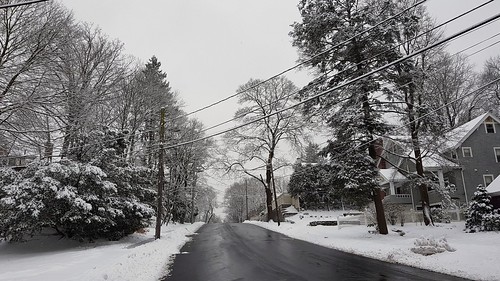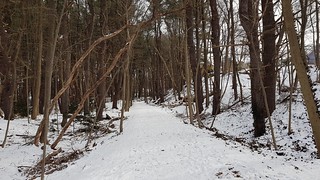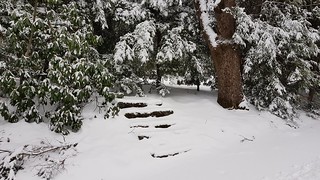I often think of Emily Dickinson and her poem “There’s certain slant of light” on late February afternoons when my to-do list is long and the daylight is short.
There’s a certain Slant of light,
Winter Afternoons –
That oppresses, like the Heft
Of Cathedral Tunes –
It’s easy to be upbeat and energized on sunny mornings when a fresh coat of snow brightens the ground, covering the scourge of of February gray. But after dinner time–after lunch feels like an eternity ago, the afternoon chores are done, and it’s just me and my bottomless paper-piles–my spirit lags and falters.
Heavenly Hurt, it gives us –
We can find no scar,
But internal difference –
Where the Meanings, are –
People speak of seasonal affective disorder as if it were a monolithic thing, with one’s moods being perpetually in the dumps from December through March. But instead, winter is an oceanic surge with troughs and swells. In the morning, when the sun is low in the sky but glaring bright, all seems possible, but when darkness descends in early afternoon, so do one’s energy and enthusiasm wane and ebb.
None may teach it – Any –
‘Tis the seal Despair –
An imperial affliction
Sent us of the Air –
Emily Dickinson knew all this; I imagine her as a raw nerve cloaked in drab, her emotional barometer ever attuned to the psychic energy of the cosmos. Faith came easily on sunny summer days when all Dickinson needed was a clover, bee, and reverie. But on winter afternoons, her mood dipped toward doom.
When it comes, the Landscape listens –
Shadows – hold their breath –
When it goes, ’tis like the Distance
On the look of Death –
I’ve lived long enough in New England to know that winter always ends–the days eventually lengthen, and both warmth and greenery return. But it’s easy to forget that truth on a late February afternoon when the world outside is cold and dark and one’s to-do list is long.























